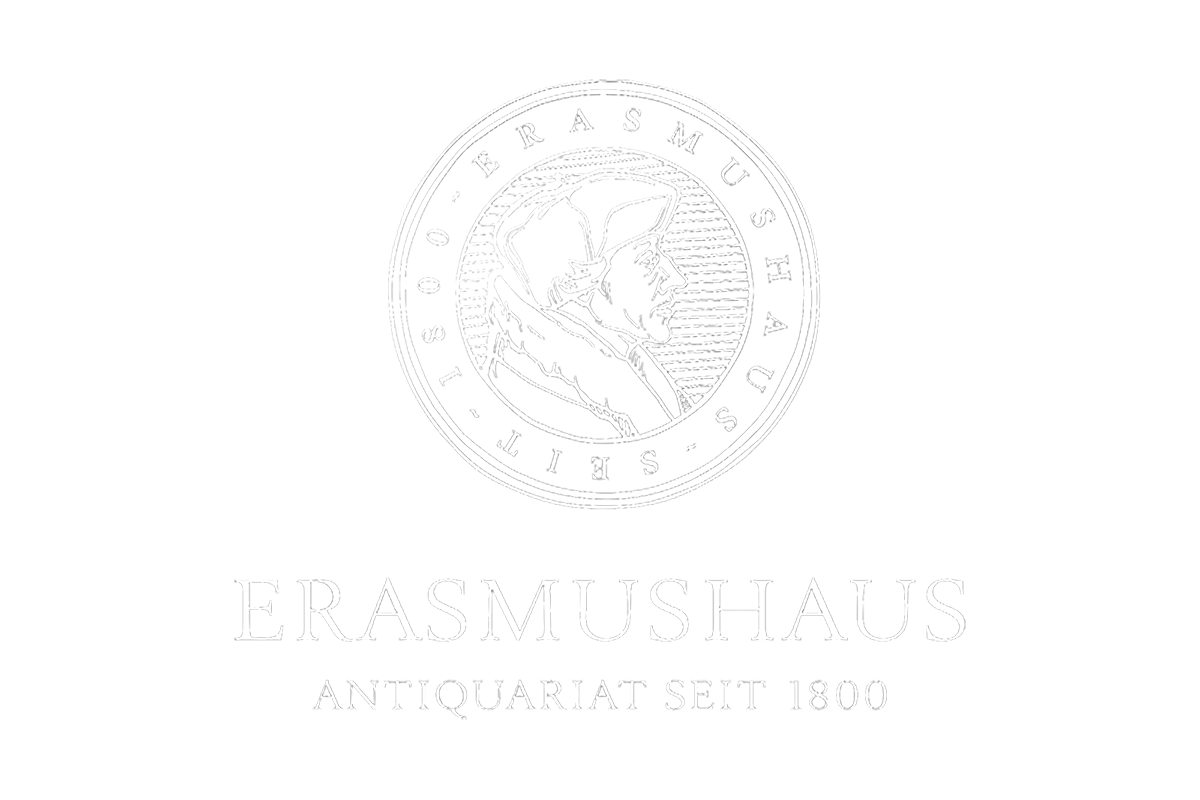Spotlight
CICERI, Pierre-Luc-Charles (1782-1868). Album de M. Ciceri, premier peintre des théatres de la Cour, des fêtes et cérémonies. Suisse. Mulhouse, Paris, Londres, Engelmann, 1830. Quer-4o (260 × 315 mm), 40 hand-coloured lithographs, dated 1828. Contemporary quarter red calf, spine with gilt fillets, gilt title, crowned monogram ML on the covers. Corners slighty worn.
PROVENANCE: Marie Louise (1791-1847) Duchess of Parma from 11 April 1814 until her death. She was Napoleon's second wife and as such Empress of the French and Queen of Italy from their marriage on 2 April 1810 until his abdication on 6 April 1814. Monogram ML.
REFERENCE: Brunet II, 5.
Extremely rare series of lithographic views.
Pierre-Luc-Charles Ciceri was one of the greatest theatre decorators and opera designers of the Romantic period, as well as a landscape painter.
In 1827, the Opéra de Paris granted him four months' leave to study in Italy and Switzerland. He left with the painter Augustin Enfantin (1793-1827), the brother of Barthélémy-Prosper Enfantin, leader of the Saint-Simonian movement. He collected a large number of notes and sketches for his future sets. On the way back to Switzerland, he made sketches and watercolours of landscapes that he would use in his next creations.
PRICE: CHF 8 500






